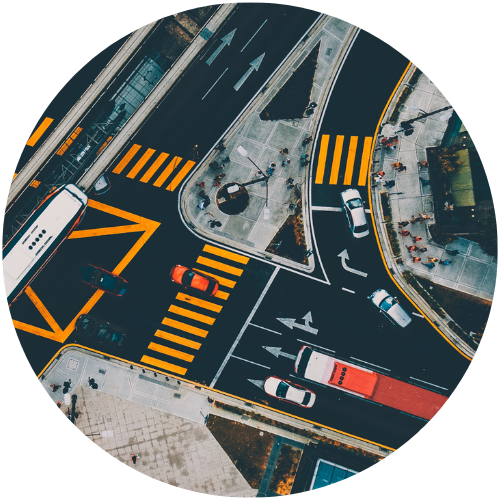
The transportation sector must perpetually respond to emerging demands, playing a critical role in daily lives, economic vitality, and environmental wellness. Today’s transportation agencies across all levels of government are meeting this challenge by exploring innovative approaches to several priorities, including:

Innovative solutions are essential given the enormity of the issues that transportation agencies must tackle—and the immeasurable public interest in the outcomes of these efforts. Fortunately, technological advances offer promising approaches to the industry’s most significant challenges. AI-driven technologies empower transportation agencies to increase the effectiveness and immediacy of critical tasks, including monitoring traffic flow and safety, detecting maintenance issues, and assessing risks. By integrating data collected from multiple sources, agencies can perform advanced predictive and prescriptive analytics to inform accurate forecasts of roadway conditions and traffic volume, inform interventions, and aid in developing strategies for reducing carbon emissions.
Examples abound of data-powered tools and techniques driving improvements throughout the transportation industry:


Technological advances are fueling progress in all areas of the transportation sector. As a result, the transportation workforce must be equipped with data literacy and data science skills across roles and functions to leverage these innovative capabilities. Training programs that provide industry-tailored learning pathways for learners at all stages of their data science journeys can help agencies upskill their personnel and meet the industry’s present and future challenges.
Data Society provides customized, industry-tailored data science training solutions—partnering with organizations to educate, equip, and empower their workforce with the skills to achieve their goals and expand their impact.